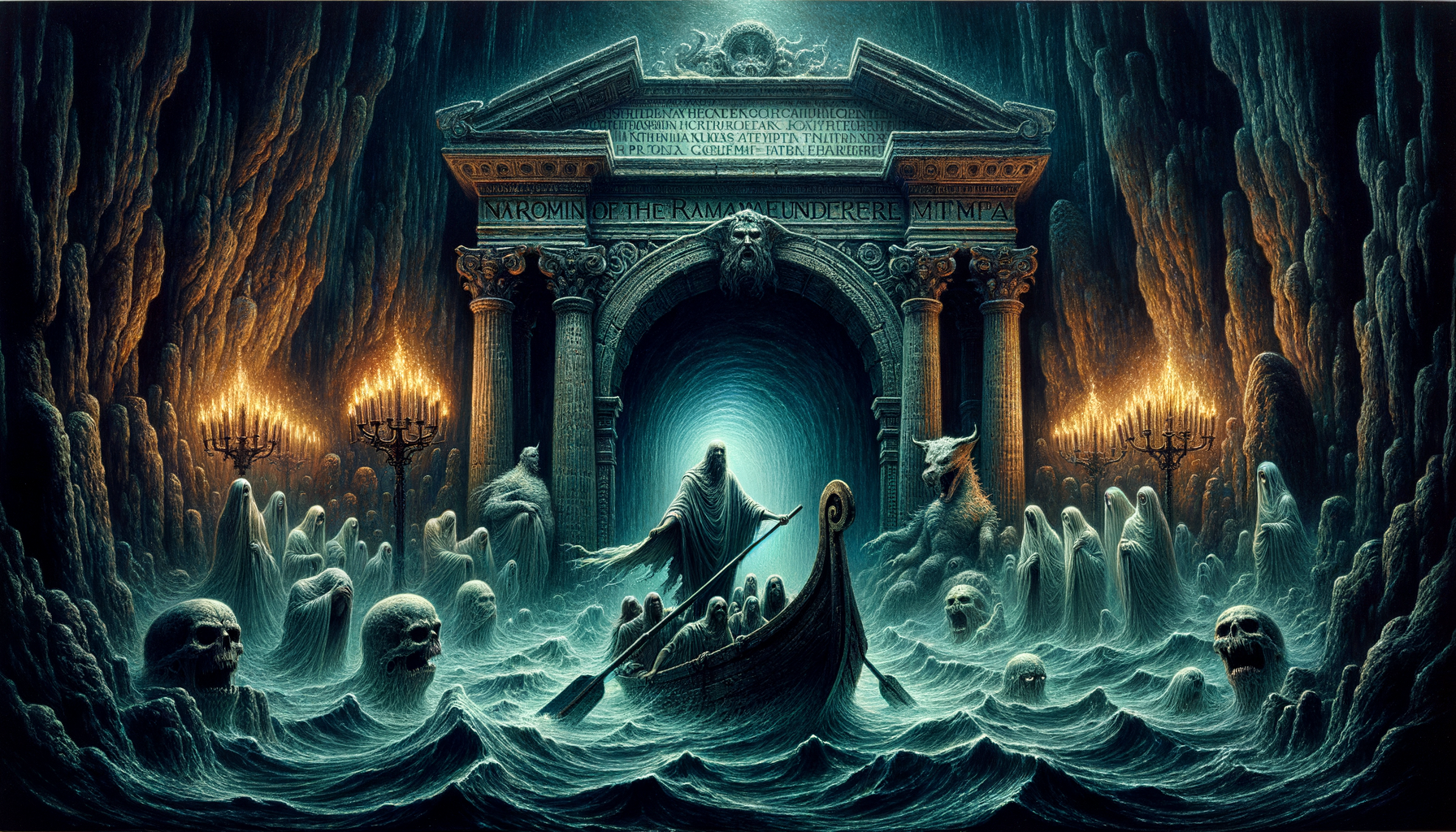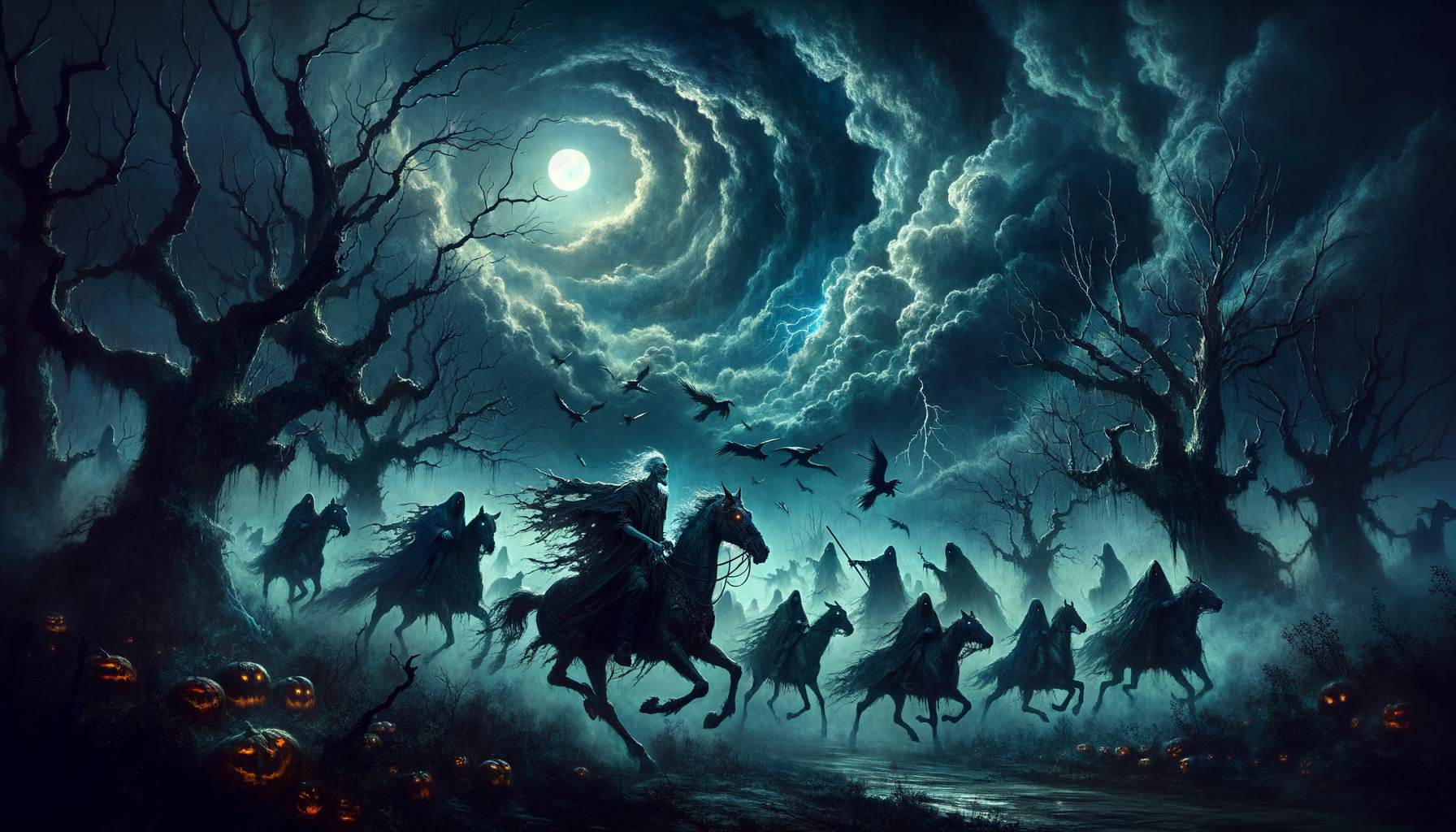Explore the intriguing Roman underworld myths, revealing ancient beliefs and stories about the afterlife and deities like Pluto and Persephone. Dive deep now!
Welcome to the dark and fascinating world of Roman underworld myths! Have you ever wondered what the ancient Romans believed happened after death? From sinister deities to harrowing tales of the afterlife, Roman mythology is rich with captivating stories that have stood the test of time. Did you know that the Roman underworld was ruled by Pluto, a god often associated with wealth and riches? Let’s dive in and uncover the elaborate and enthralling myths that captured the Roman imagination for centuries. Buckle up; it’s going to be a thrilling descent!
The Structure of the Roman Underworld
Geography of the Underworld
In Roman mythology, the underworld was a vast and complex realm. It was believed to be located beneath the earth and was divided into several distinct areas. These realms included Elysium, a paradise for the virtuous; the Asphodel Meadows, a place for ordinary souls; and Tartarus, a deep abyss reserved for the wicked. Each of these areas had specific purposes and were inhabited by different types of souls.
The River Styx and Other Rivers
The underworld was also characterized by five significant rivers, each with its own symbolism. The River Styx was the most famous, symbolizing hatred and the boundary between the world of the living and the dead. Lethe was the river of forgetfulness, where souls drank to forget their earthly lives. Acheron represented sorrow, Cocytus signified lamentation, and Phlegethon was associated with fire and purification. These rivers played crucial roles in the journey of souls and the landscape of the underworld.
Entrance to the Underworld
Mythical locations such as the Avernus crater in Italy were believed to be entrances to the underworld. Souls were thought to enter the underworld through these gateways, often guided by the ferryman Charon, who transported them across the rivers. This journey was a key aspect of the transition from life to death in Roman mythology.
Prominent Deities of the Roman Underworld
Pluto (Hades)
Pluto, known as Hades in Greek mythology, was the god of the underworld. He was often depicted as a stern and unyielding ruler, presiding over the dead with a sense of impartial justice. Worship practices for Pluto included offerings and rituals to appease him and ensure a peaceful afterlife for the departed.
Proserpina (Persephone)
Proserpina, or Persephone in Greek mythology, was the queen of the underworld. Her story of abduction by Pluto is well-known; she was taken to the underworld against her will, leading to her dual role as a goddess of both the underworld and springtime. Proserpina’s symbolism revolves around the themes of life, death, and rebirth.
Other Deities and Spirits
In addition to Pluto and Proserpina, the Roman underworld was home to numerous other deities and spirits. Charon, the ferryman, played a crucial role in transporting souls across the rivers. Orpheus, a mortal hero, famously ventured into the underworld to retrieve his beloved Eurydice. These lesser-known figures added depth and richness to Roman underworld mythology.
Myths and Stories of the Afterlife
The Myth of Orpheus and Eurydice
The tragic love story of Orpheus and Eurydice is one of the most poignant myths associated with the Roman underworld. Orpheus, a gifted musician, descended into the underworld to bring back his wife, Eurydice. Despite his musical prowess and the temporary favor of Pluto and Proserpina, Orpheus ultimately failed to rescue her, highlighting the inescapable nature of death.
The Judgment of Souls
Upon entering the underworld, souls were judged based on their earthly deeds. The virtuous were sent to the Elysium fields, a place of eternal happiness, while the wicked were condemned to Tartarus, where they faced eternal punishment. This process of judgment underscored the moral framework of Roman society and its views on justice and retribution.
Cerberus and Other Mythical Creatures
Cerberus, the three-headed dog, was one of the most iconic creatures guarding the underworld. He prevented souls from leaving and living beings from entering without permission. Other mythical creatures, such as the Furies and Harpies, also played roles in maintaining the order and security of the underworld.
Influence of Greek Mythology on Roman Beliefs
Adaptation from Greek to Roman
Roman mythology was heavily influenced by Greek mythology, with many deities and myths being adapted and integrated into Roman culture. The Roman underworld, while distinct in certain aspects, borrowed extensively from Greek concepts and narratives.
Similarities and Differences
Comparing Greek Hades and Roman underworld deities reveals both similarities and differences. While the core ideas remained consistent, such as the roles of Pluto and Proserpina, Roman interpretations often emphasized different aspects or added unique elements to the myths.
Significance of Roman Underworld Myths in Ancient Culture
Social and Religious Practices
Beliefs about the underworld were deeply intertwined with social and religious practices in ancient Rome. Funerary rituals and rites were designed to honor the dead and ensure their safe passage to the afterlife. The importance of the afterlife influenced daily life and societal values.
Art and Literature
Roman underworld myths had a profound impact on art and literature. They inspired countless works of poetry, sculpture, and painting, reflecting the fascination and reverence Romans had for the afterlife and its deities.
Legacy and Modern References
The legacy of Roman underworld myths continues to resonate in modern culture. These ancient stories have inspired contemporary literature, films, and other media, demonstrating the enduring power and relevance of Roman mythology in shaping human understanding of life, death, and the beyond.
Conclusion
Roman underworld myths provide a profound and intricate perspective on how ancient Romans viewed life, death, and what lies beyond. By exploring these stories, we not only gain insight into their fears and beliefs but also see the enduring power of myth to shape cultural identity. So, what do you think about the Roman underworld? Intrigued by these ancient tales? Share your thoughts and let’s keep the conversation going! Whether you’re a history buff or a mythology enthusiast, there’s so much more to discover. Dive deeper, and who knows what other secrets await beneath the ancient soil!




